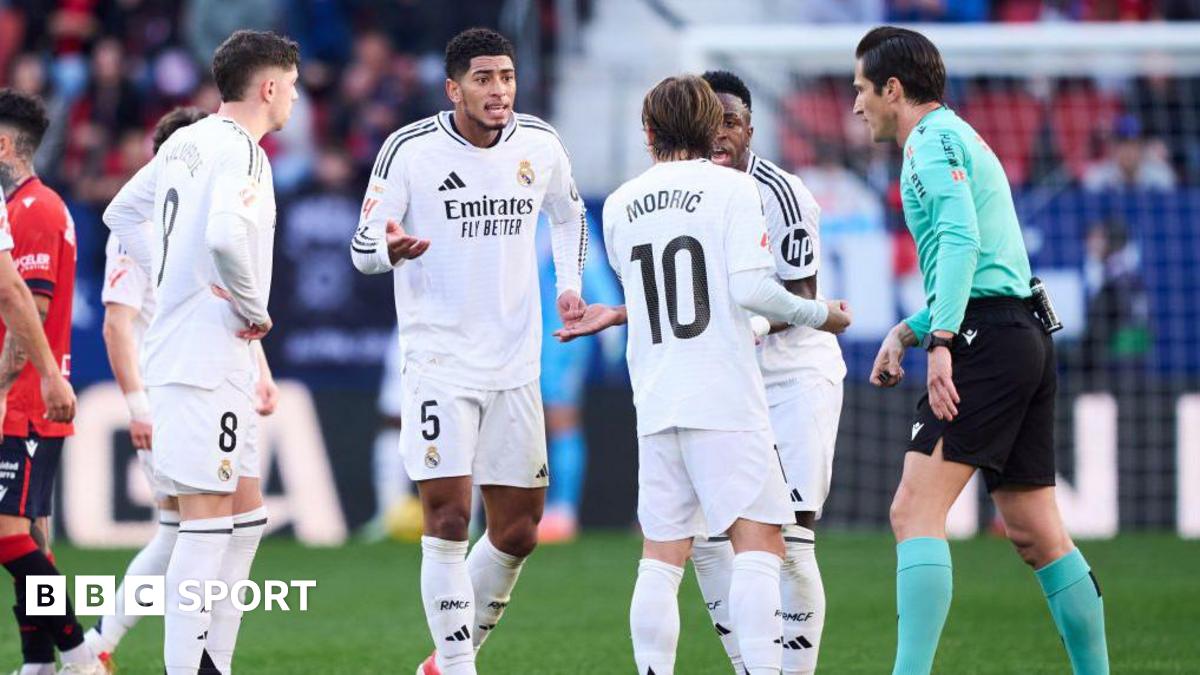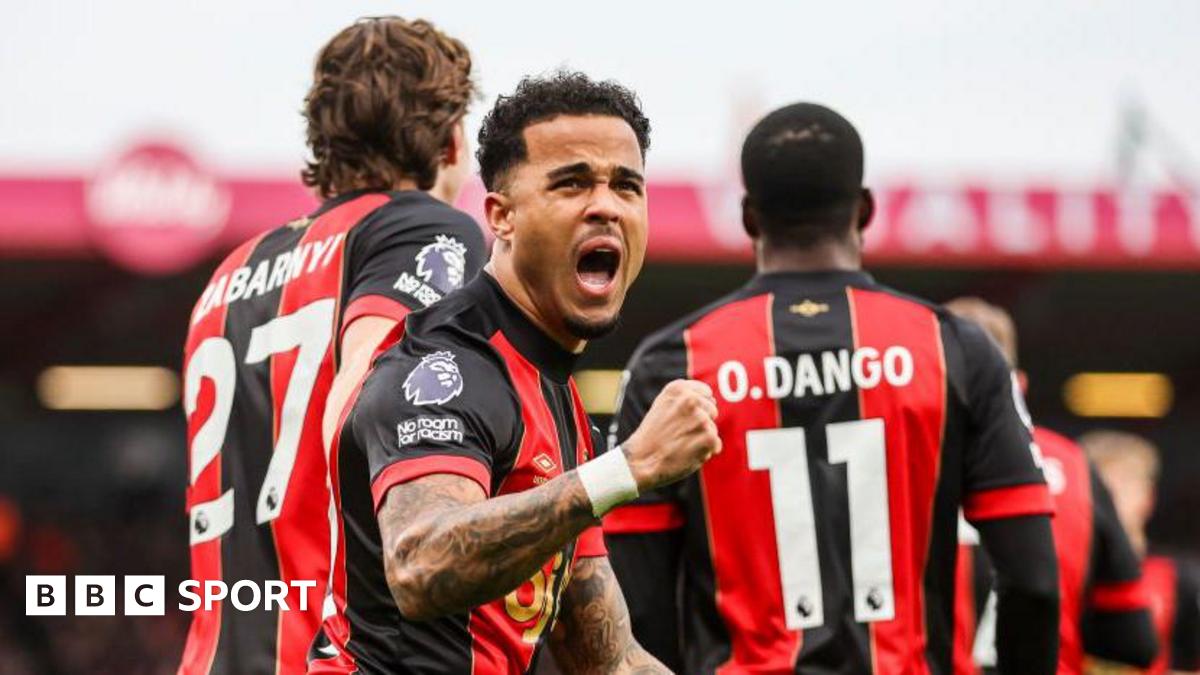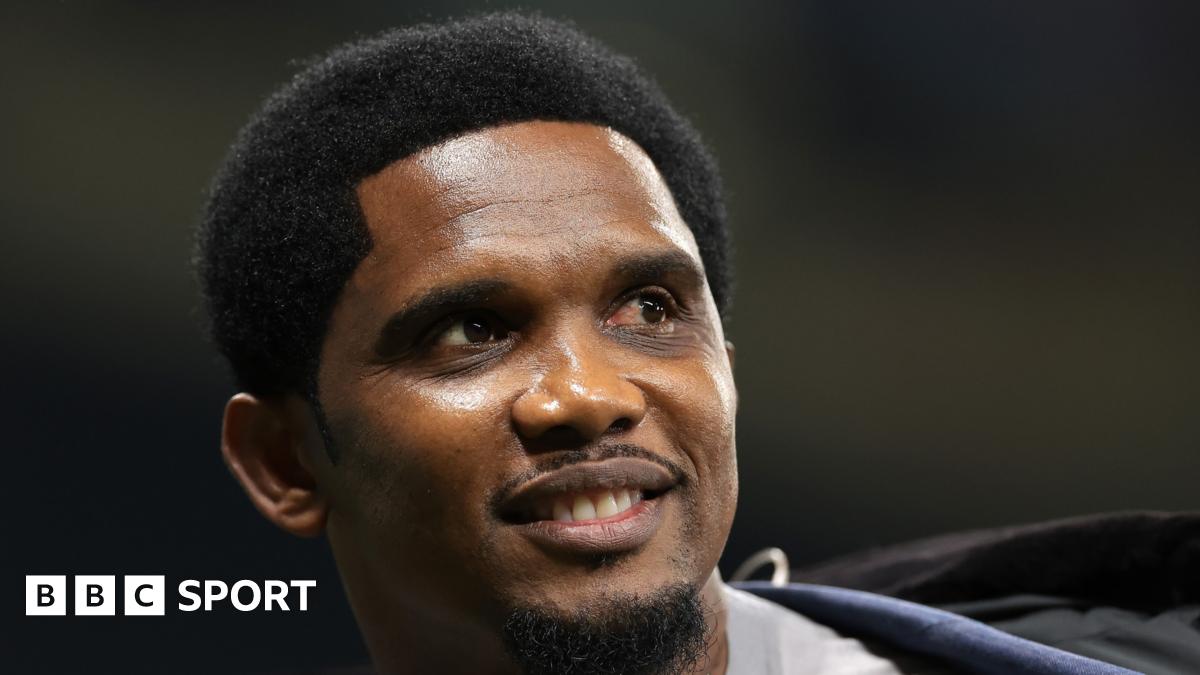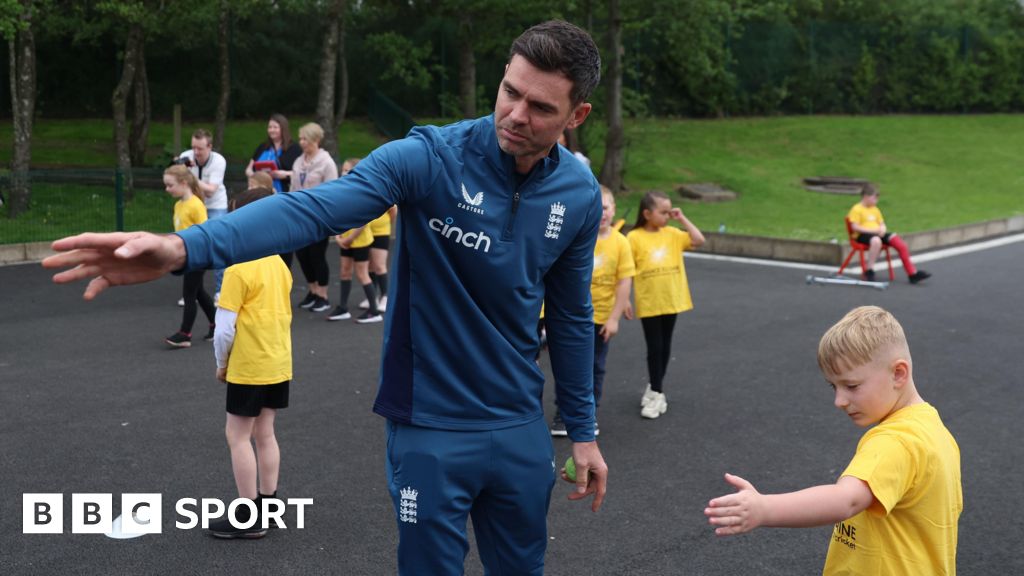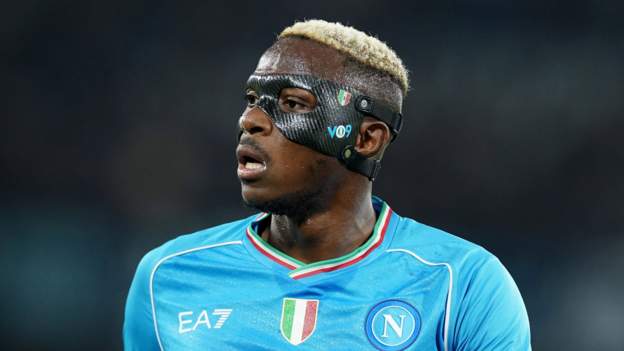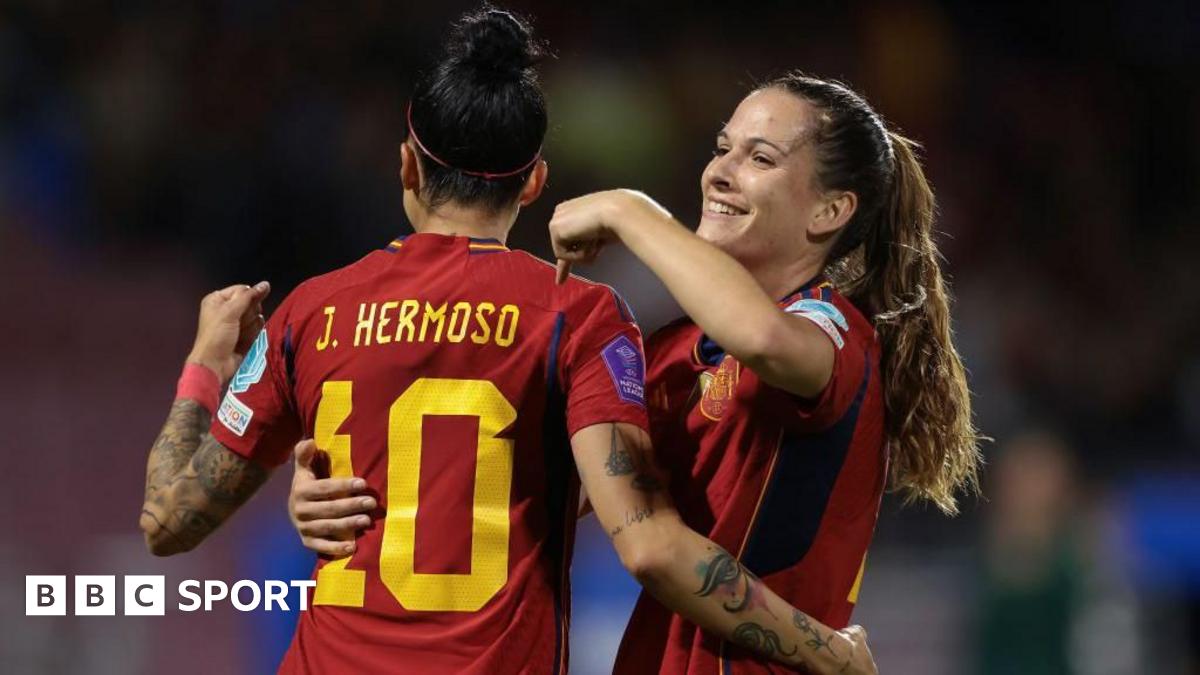When funding investment was announced earlier this year ex-England cricketer Ebony Rainford-Brent called it a “seminal moment” that can lead to a “generational change” within the sport.
The ECB said in its game-wide strategic plan for 2025-28 entitled ‘Inspiring Generations’, external that it envisaged the government funding package “turbocharging” an improvement in facilities in towns and cities for state school children.
It was hoped this would dovetail with England hosting both the women’s and men’s T20 World Cups in 2026 and 2030 respectively and capitalise on a surge in interest in the game.
Central to the plan to revive cricket for state schools is the construction of 16 cricket domes across England which enable local cricket to play all year round and in any weather.
A pilot dome in Bradford was opened in October 2023 at a cost of £1.5m although costs for the other domes has been estimated at £300,000.
It was hoped these domes – two more are currently in development in Luton and Walsall – would help 900,000 young people from inner-city areas play cricket by 2029.
It is understood the ECB does not have the financial contingency to plug any funding gap for the domes in the same timeframe, but they are still committed to delivering them over a much longer period.
The ECB also made commitments to deliver free cricket in 500 state secondary schools, and train up teachers to deliver cricket in PE lessons.
Equally, plans were drawn up for free cricket to 3.5m children in state primary schools and provide opportunities to play the game at schools for children with special educational needs.
The plausibility of these initiatives would also be also be question with a substantial funding shortfall.



